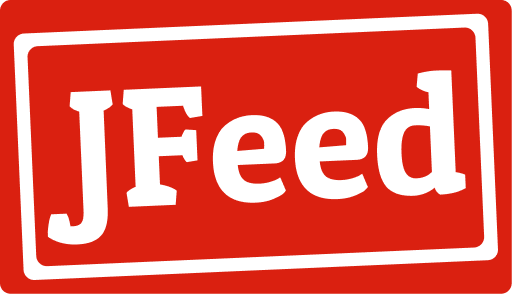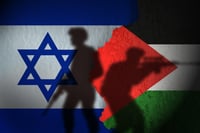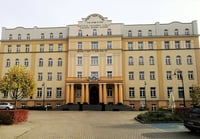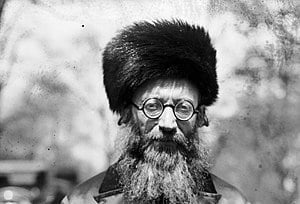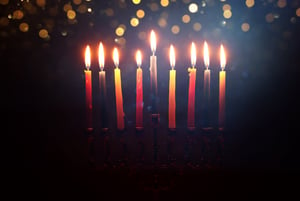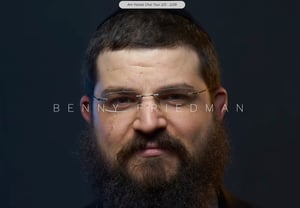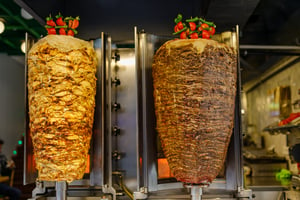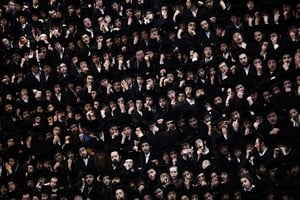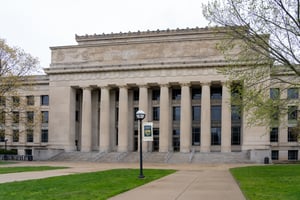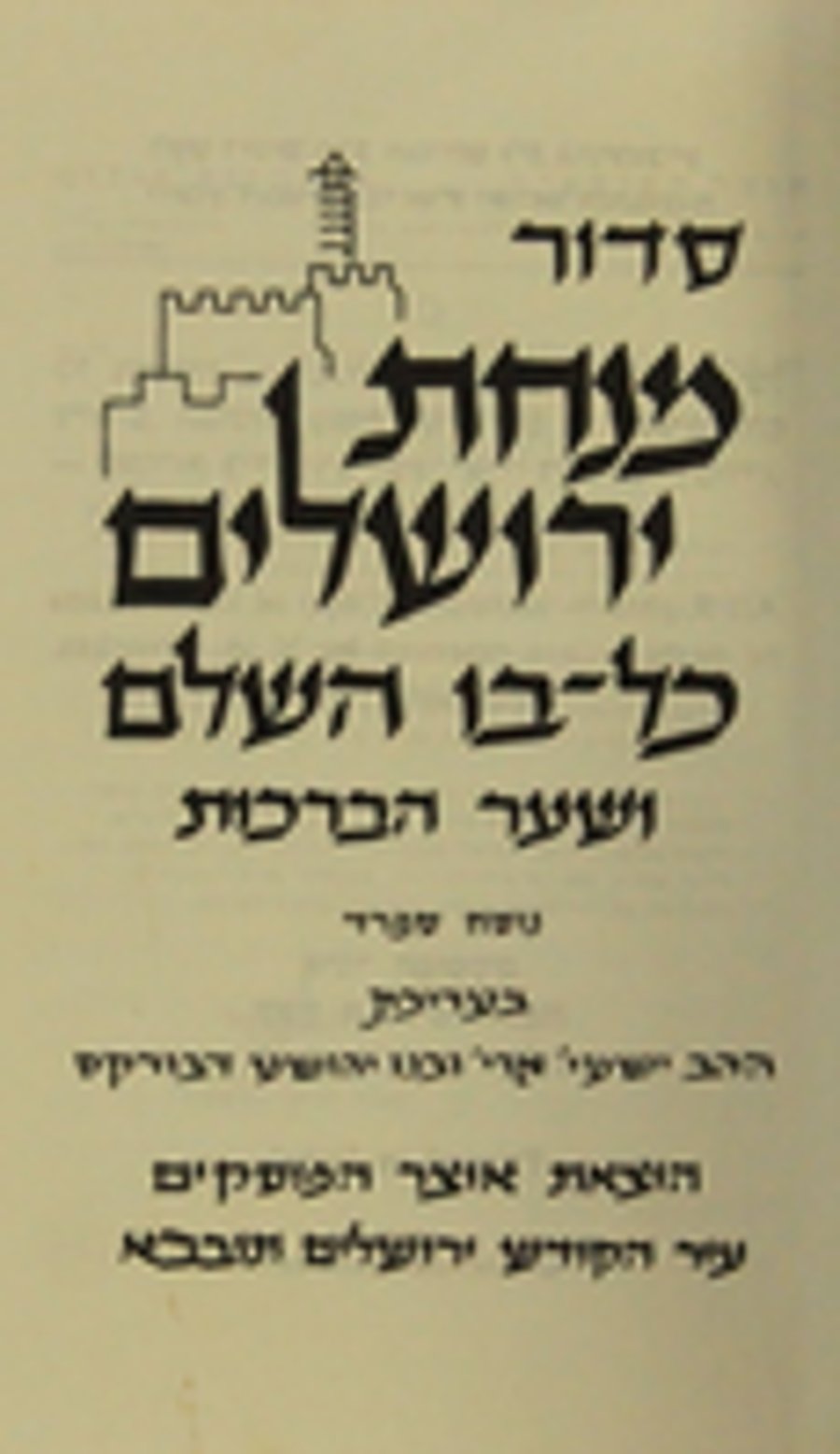
The Jerusalemite neighborhood of Shaarei Chessed, whose narrow streets can be found between Rechaviah and Gan Sacher, has over time becomes one of the most prominent symbols of what is known as the Old Yishuv or Old Jewish Community in Jerusalem, both in terms of its human and physical landscape. Rabbi Yeshayahu Aryeh Leib Devorkes, editor of the Minchat Yeushalayim Kolbo Hashalem siddur, was a resident of the neighborhood his whole life, and his literary activity is also largely identified with both the neighborhood and the society which was formed within its boundaries.
Devorkes was born in Shaarei Chessed in 1918, where he studied first at the Etz Chayim Talmud Torah and later at the Hebron Yeshivah, as was accepted at the time. Already in his youth, he began to be involved in a range of literary and journalistic pursuits, which was mostly meant for members of the Old Yishuv – but which was also very aware of events going on outside the community.
After the state was established, he joined the IDF Chief Rabbinate, and was put in charge of the Schneller camp’s religious life, including kashrut and other issues. He was involved in many public activities and published a few dozen books, including a reprinting of books by the Rishonim and Acharonim, an English translation of necessary basic works, and most importantly hamchashah or demonstration books, which included a large number of sketches and illustrations and which were meant for both adults and perhaps even more for children and youth.
The Siddur Minchat Yerushalayim Hashalem – whose last edition was 1,400 pages! – was also an integral part of Devorkes’ literary projects. Aside from the prayers themselves, the siddur includes a very wide range of illustrations, photographs, sketches, calendars, and halachic collections covering various topics. The siddur’s first edition – which would develop and grow over the years – was published in the 1950s as the “Minchat Erev” and was edited by Rabbi Avraham Leib Bunimuvitz, who added a collection of halachahs and dinnim to the book. The siddur received the haskama of a number of well-know Rabbis of the time, including Rabbi Tzvi Pesach Frank, the Rabbi of Jerusalem. Later and fuller siddurim, published in the following decades, bore the name of Minchat Yerushalayim, as well as the name of Rabbi Devorkes himself.
The fuller editions of the siddur included a particularly expansive wealth of information, turning the siddur into a kind of miniature Jewish-halachic encyclopedia, accompanying the congregant not just during prayer itself, but also all year round, even outside the shul. For instance, it contained illustrations of a number of vegetables related to the various mitzvos of Pesach and year round, a sketch of the path of the moon in reference to kiddush levanah, detailed illustrations of how to tie tzitzis and tefillin according to the different customs, a sketch of the different parts of the hand for proper observance of netilas yadayim, and a detailed map of the changing eiruv in Jerusalem.
In addition to all these elements – and many more like them – the siddur included different formulas for ketubahs and gittin and a variety of “fixed” and proportional schedules meant to help someone praying at any time and place to know the times of prayers and when Shabbat and Chag begin and end. The siddur also had additional halachic collections added to it, including the halachas of medicine on Shabbat based on the rulings of Rabbi Y.Y. Neuwirth, author of Shemirat Shabbat Kehilchata, and many more.
The prayers themselves, it should be noted, only appear after no fewer than 100 pages of prior content, and the book’s design is apparently based on the Siddur Hashalem previously published by Eshkol Press. Either way, it sometimes seems that the prayers themselves are not the main part of the book, whose goals and contents are far broader than what the average congregant would need on a daily basis.
When it first appeared, the siddur contained many an innovation: both the effort to concentrate so many fields of Jewish knowledge in a single tome and the modern use of pictures and illustrations to help learn the practical halachas in a wide range of fields. These innovations likely reflect the character of the editor, whose many years of public and military activity exposed him to the many needs of the generation, as well as the types of customary and practical knowledge they would need to live a fully Jewish life.
However, over the years this uniqueness was challenged from an unexpected source: the information revolution and subsequent explosion of books and sources, which did not skip over the siddur’s clientele. Thus did the Minchat Yerushalayim find itself competing with a far more accessible way of learning and checking halachic matters. The particularly small format of the siddur also likely worked against it, although it was probably originally made in this way for the owner’s convenience, so it could fit in their pocket or bag.
Thus, the siddur today – its last edition was in 1983 – is primarily a unique memorial to the once-in-a-lifetime figure of its editor, as well as the neighborhood and society in which it was created.
My deepest thanks to my friend Ido Veker, for helping prepare this piece.
Dr. Reuven Gafni is a senior lecturer at the Land of Israel Department at Kinneret College. He specializes in the field of synagogues and religion in the Land of Israel in the modern era, and the relationship between Jewish religion, culture, and national identity in the Land of Israel.

